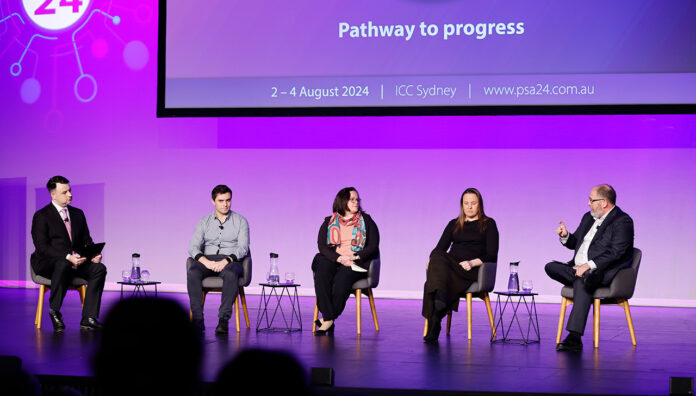When it was announced in late June that nicotine vaping products will be downscheduled to Pharmacist Only Medicines (Schedule 3) from 1 October 2024, pharmacists were left reeling at the new role suddenly thrust upon them as prescribers of unregistered products that are both unproven and potentially unsafe.
On the PSA24 Policy Panel 2 – Vaping, chaired by Peter Guthrey MPS, PSA Senior Pharmacist – strategic policy, a host of experts sought to answer some of the most burning questions that have cropped up since.
How harmful is vaping?
The evidence around the harm caused by vapes is constantly evolving, said panellist Emma Dean, pharmacist and Health Systems Reform Manager for Quit Victoria.
‘What we know with respect to the health risks are primarily coming from short term use,’ she said.
‘But we do know about things [such as] lung injuries and nicotine poisoning which can be severe and result in death. A lot of the accidental poisonings occur in children under the age of 6.’
At least four studies have shown that vaping during pregnancy increases the chance of having a baby of low birth weight and being small for gestational age (SGA), but more comprehensive research is needed, said Ms Dean.
‘Low birth weight and SGA babies tend to have an increased risk of poor outcomes during their childhood,’ she added.
Evidence shows that vaping is also harmful for the developing brain – including impacts on memory and concentration.
‘Nicotine is addictive,’ said Dean. ‘People who withdraw from nicotine experience irritability and anxiety … people who have never smoked [are also] more likely to then go on to initiate smoking than those who hadn’t vaped.’
How safe are therapeutic vapes?
The Therapeutic Goods Administration (TGA) hasn’t evaluated any vapes for safety or quality, said panellist Professor Tony Lawler, Deputy Secretary of the Health Products Regulation Group, Department of Health and Aged Care.
‘There are a number of challenges that presents,’ he said. ‘One, we don’t really have a good, solid baseline on the risk-benefit ratio of these products … secondly, because they have been retail goods, there has not been any Commonwealth regulation over vaping products outside of that setting.’
That means, because vapes have been sold via a retail model, about 85% of ‘zero nicotine vapes’ in fact, contain nicotine.
‘There isn’t the same obligation on reporting,’ Prof Lawler added.
However, one of the provisions that’s coming in under the new vaping legislation is that, because these products will now be sponsored therapeutic vapes, the same obligation and notification to the regulator will apply as it does for any other approved product.
Products are governed under the Therapeutic Goods Act on the basis of whether:
- they have a physiological effect
- will be taken to a physiological effect
- is represented to have a physiological effect.
‘Minister [for Health And Aged Care Mark] Butler has been clear from May last year these were sold to Australians as therapeutic products, and for that purpose, they should be managed as therapeutic products,’ he said. ‘And access to them is through health professionals.’
How will S3 vaping work?
The Special Access Scheme C (SAS-C) pathway was made available from 1 January 2024 to ensure patients could access prescribed therapeutic vaping products. From 1 October, what that will look like for pharmacists will change, said Ms Dean.
‘They will need to [submit] a notification through the online portal, and to do that, they’ll need to set up a profile within that with respect to the Schedule 3 listing,’ she said.
That means pharmacists will need to request and cite a person’s identification and age, because the supply of therapeutic vapes is restricted to patients aged 18 years and over.
‘They will also need to consider if it’s clinically appropriate, and the concentration will be limited to 20 mg/ml or less.’
Schedule 3 therapeutic vaping products will also be limited to a 1 month supply.
‘The [Smoking Cessation] Expert Advisory Group will be working together with PSA on developing clinical guidelines,’ she said.
‘We’re still trying to ascertain exactly what will be in the portal, but it’s most likely to be the person’s name, date of birth, and a few other factors – so stay tuned.’
What could a vaping consultation look like?
When vaping products become Schedule 3, pharmacists will need to make assessments on the safety and appropriateness of the products for consumers.
Panellist James Buckley MPS, partner at LiveLife Pharmacy Port Douglas, has an idea of what this entails, after having these consultations with patients since becoming a pharmacist prescriber under Queensland’s Community Pharmacy Scope of Practice Pilot.
‘You want to have a proper [initial] consultation for up to 20 minutes, [which] allows the pharmacist to take a proper smoking history, assess where they are in terms of motivation and readiness for change, and even be able to implement some motivational interviewing techniques to really give them a good picture,’ he said.
‘Moving forward, once you have all of that information about your patient and you get to know all of their social aspects and what works for them or what doesn’t work for them, future consultations will be a lot shorter.
‘In the follow-up appointment, you really get to the nitty gritty of exactly why they presented to you this time and how you can help them.’
Vapes or NRT?
Now that vapes are on the way to becoming medicalised in Australia, is there really a place for them as a smoking cessation therapy?
According to panellist Karlie Brown, Tobacco and E-cigarette Control Branch, Population Health Division, Department of Health and Aged Care, the vaping reforms are just one part of Australia’s nicotine cessation strategy.
‘We are working very closely with states and territories to uplift cessation support available in local regions and to build out the Quit lines,’ she said.
‘Knowing that technology is one of the tools preferred by young people, who are the largest cohort of people who are vaping, the My QuitBuddy app has been updated to include vaping support.’
Ms Dean said it’s not only the physical addiction and dependency from nicotine that needs to be addressed, but also the behavioural aspects.
‘We’re in a really fantastic position to be optimising the use of the medications, and making sure that we’re considering things like combination nicotine replacement therapy – the patch together with one of the faster-acting forms,’ she said.
‘And always thinking about coupling that with behavioural counselling delivered over multiple sessions, particularly in that first week or so, when relapse is high and withdrawal is significant.’
On Friday afternoon, Health Minister Mark Butler announced that PSA will deliver clinical guidelines and a series of workshops to support pharmacists with the new changes.



 Pharmacists have always prescribed, but they have the potential to prescribe much more
Pharmacists have always prescribed, but they have the potential to prescribe much more



 Sponsorship information
Sponsorship information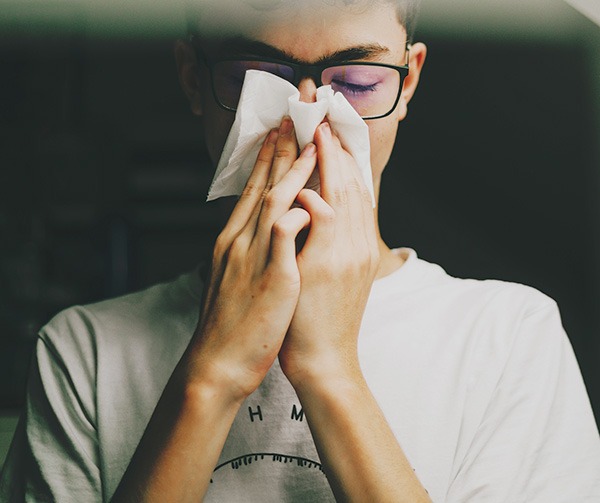
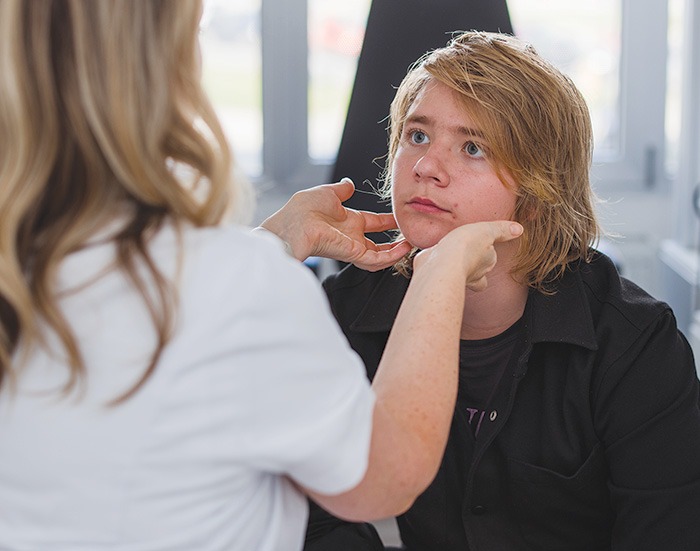
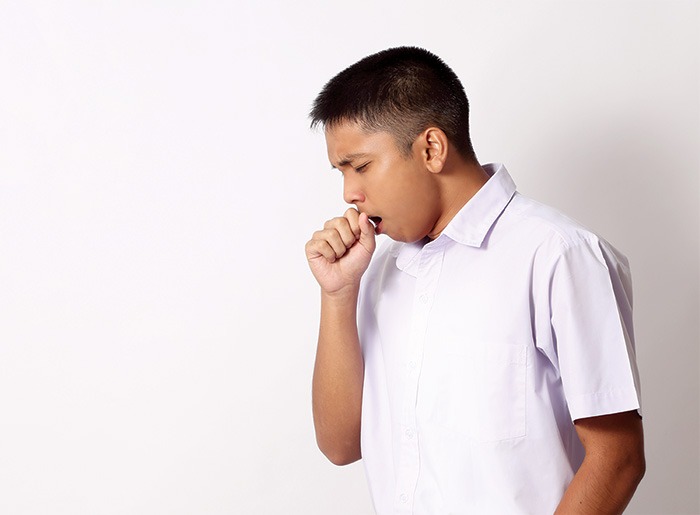
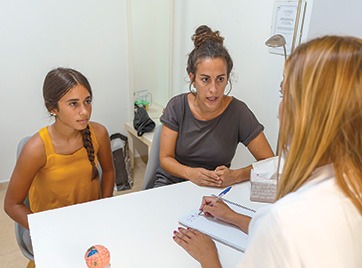 Talking to patients who have questions
Talking to patients who have questions